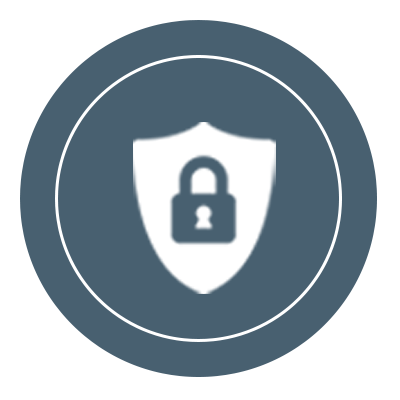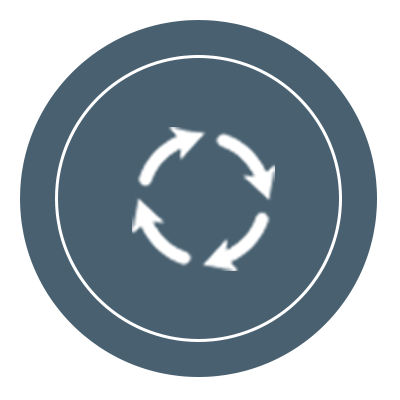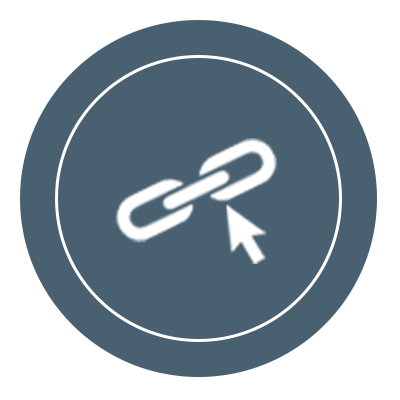Your Personal Guide to Cyber Security
Our vast, interconnected network of information needs to be protected and kept secure, to ensure the combined safety of individuals and governments.
 1. Password Practices
1. Password Practices
Always ensure that your passwords are complicated, to prevent it being easily deciphered by a potential threat. By choosing a password that incorporates Upper and Lower case alphabets, as well as Numbers and Special Characters, your password will be very difficult to crack.
Make sure that each password is unique and not repeated across different platforms, as it will only increase the likelihood of a threat gaining access to more than one account. Even modifying individual characters is risky as there are effective ways to decode it.
Many websites encourage you to periodically update your password, to increase the security of your account. Stay a step ahead of the game by making sure to regularly update your passwords and be free from the risk of being hacked.
Most importantly, type your password in every time instead of saving it in your browser as this is the easiest information to access from your browser data.
 2. Tighten Your Security & Privacy Settings
2. Tighten Your Security & Privacy Settings
Privacy Settings are a very useful tool that can be found on every major social media platform. These Privacy options are regularly updated and are often overlooked by users, as they tend to gloss over pop-ups and notifications about the same. Be more conscious of which social media accounts are linked to apps that access your data and are vulnerable to an attack.
It is important to avoid half measures and take the necessary precautions to protect yourself and your information, even if it means an additional effort on your part. A Two-Step Verification or Authentication is often suggested by social media apps and websites as a way to further your security. This is very important as
• You receive a text message or app notification with a verification code to be entered in order to access your account.
• You’ll be asked to specify your trusted device(s) to receive the code, e.g. personal Phone or Tablet, that only you have access to.
 3. Security Program / Software
3. Security Program / Software
The minimum requirement today is a good virus protection program, as our daily browsing puts us at risk of receiving numerous viruses. Most anti-virus softwares also come with an effective Privacy measures to protect your data from harmful programs and unauthorised access.
Similar to obtaining insurance against items of value, it is necessary to take precautions to protect your digital information and sensitive data.
 4. Regularly Install Updates
4. Regularly Install Updates
Every application, website or Operating System is regularly updated to incorporate the latest software improvements and changes. By updating when required, you are ensuring your systems are equipped to remain secure and stable in the face of potential threats.
Software updates will always include a description of what the update includes, in terms of incorporating changes and working out existing bugs and issues. If there are any mentions of Security-related fixes, ensure that you update your account / system accordingly.
 5. Never Simply Click On Any Link
5. Never Simply Click On Any Link
Phishing is the method that tempts users to click on a flashing button / message, which is actually a malicious URL that uploads a virus to the system or attempts accessing its information. Be extremely careful and particular with any URLs that are sent by banks or other entities that could request sensitive information or personal credentials.
Also, be suspicious of messages received from unknown users via email or social media platforms, as this is the easiest way to get users to click on links or provide login details.By being responsible and thorough, you will be protecting yourself from all cybersecurity threats more effectively than the best anti-virus softwares in the market!



 Space Enquiries
Space Enquiries
